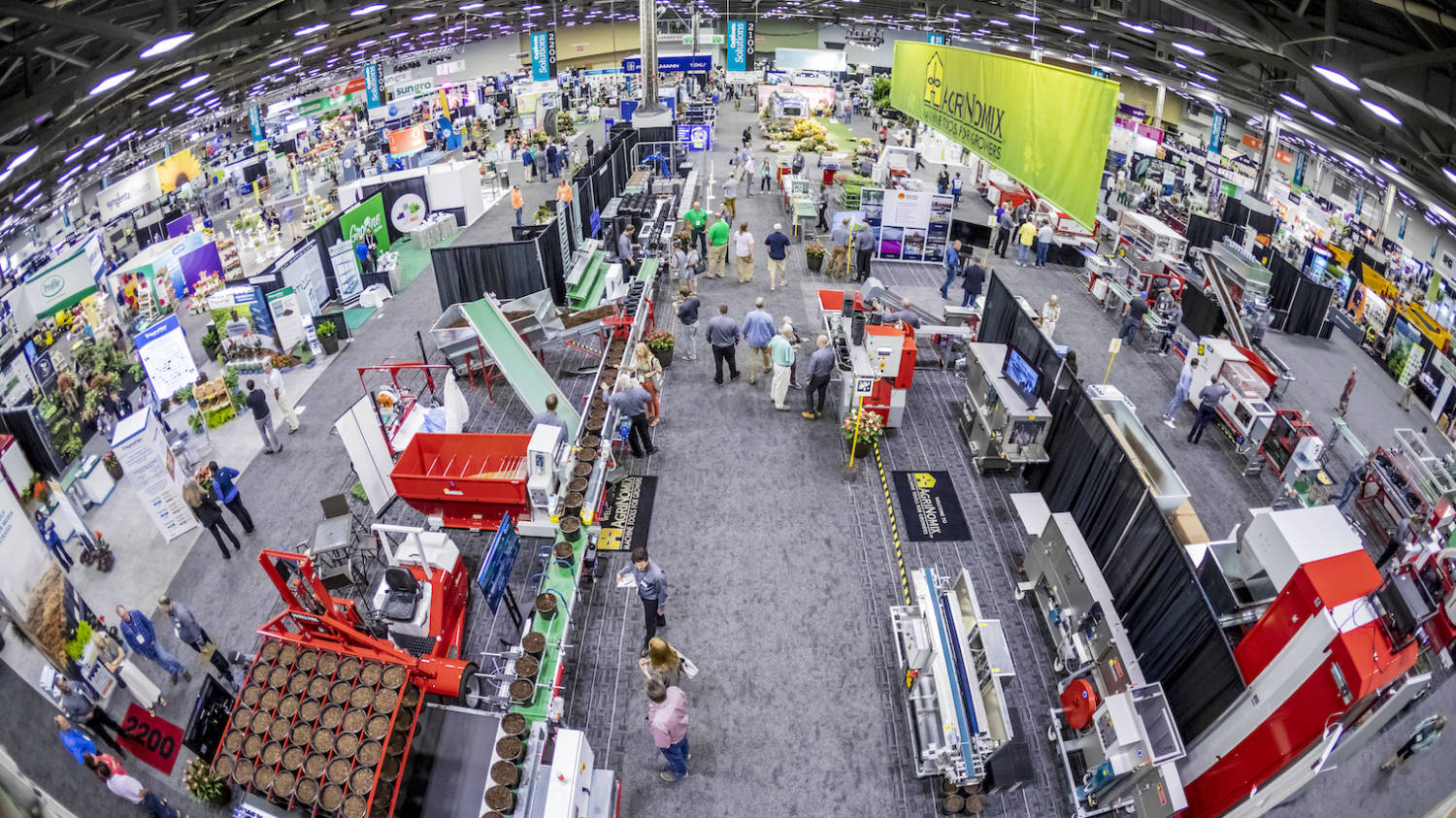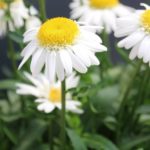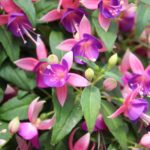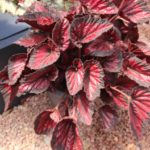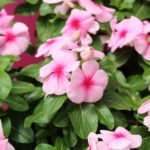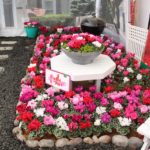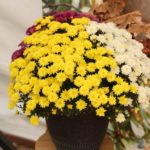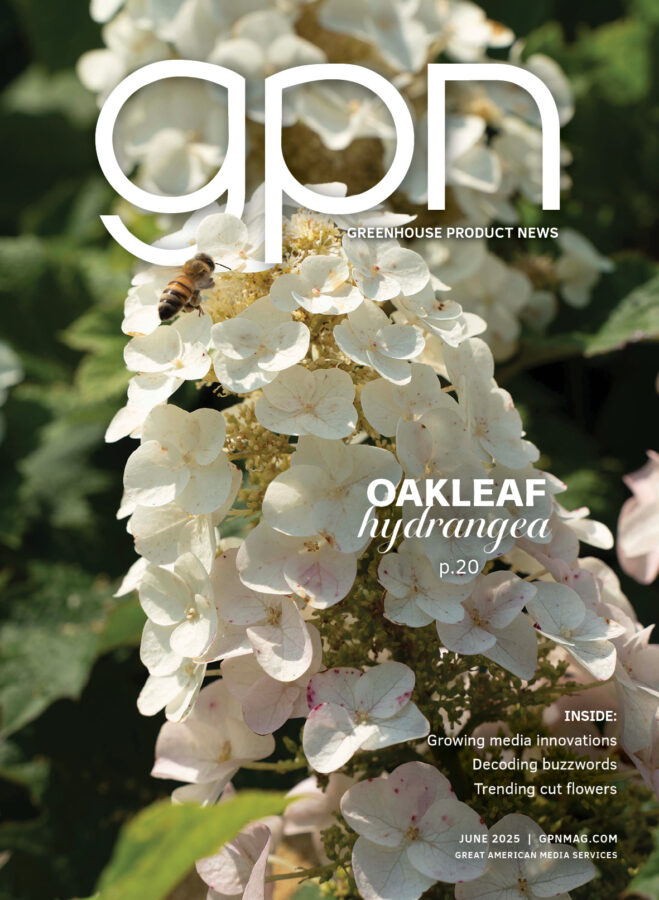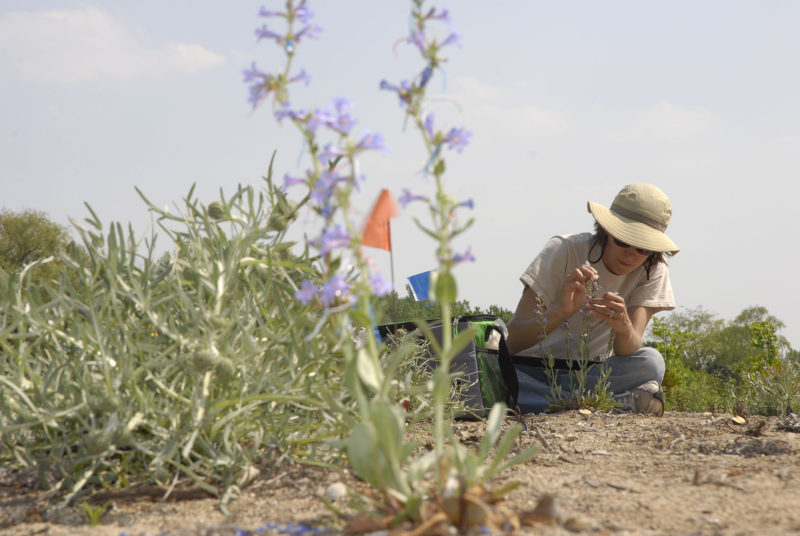
New Website Summarizes Native Plant Research
A new website summarizing the research from 11 institutions is live for the public to explore new information about the impacts of gardening with native plants and their cultivars, called nativars. The research paper and summary can be accessed at SourcingNativePlants.com.
In 2018, 15 researchers from institutions dedicated to horticulture, conservation, ecology and educating the public gathered to assess the suitability of native plants and their cultures in a range of landscape uses from a home pollinator garden to large-scale landscape restoration. Quickly, they found that crucial information for determining suitability of a native plant or its cultivar in a variety of contexts was missing from the conversation. Frequently, information about where plant material comes from, including its parentage, geographic location and habitat, does not travel with plants through the supply chain from plant source, to nursery, to garden center.
The provenance of a native plant can inform its suitability for a planting site. However, most sources in the marketplace for native plants lack this information. Considering plant sourcing, where possible, can improve the habitats we create in our homes and the success rate of restoration plantings. Lack of this information means that gardeners looking to make ecologically sound choices about their landscapes are often left guessing.
“What we do know is that nativars are, in many cases, a good alternative to a wild plant species and can provide excellent ecosystem services to the landscape. People should feel empowered to experiment with nativars in their gardens, and to request information about plant provenance at garden centers,” said Jeff Downing, executive director of Mt. Cuba Center.
This research lays groundwork for future studies about native plants and their ecological value in the landscape. It follows another study which found that many cultivars of native plants are just as attractive a food source for leaf-eating insects as their wild counterparts, except in cases where the nativar has been altered to produce darker-colored foliage.
“The question of whether or not nativars are a good alternative to natives for home gardens is one I hear often. I look forward to seeing how we are able to further expand this work and translate its relevance to the general public so that people can feel confident in the planting selections they make,” said Dr. Jennifer Ramp Neale, Director of Research and Conservation at Denver Botanic Gardens.
“It is so exciting to see more and more home gardeners planting native species that are both beautiful and able to support local wildlife and pollinators. We hope our research will help fill a critical gap in guidance, making it easier for gardeners to meet their gardening goals and support wildlife by selecting the best native plant sources or cultivars for their site,” said Dr. Andrea T. Kramer, Director of Restoration Ecology at Chicago Botanic Garden.








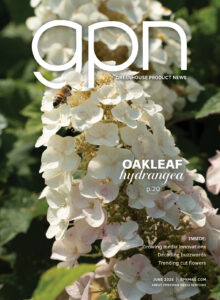
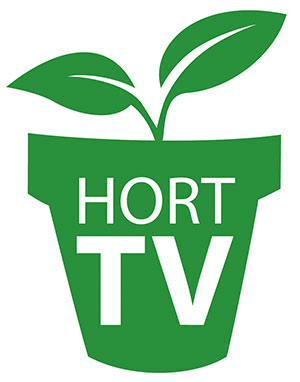 Video Library
Video Library 
